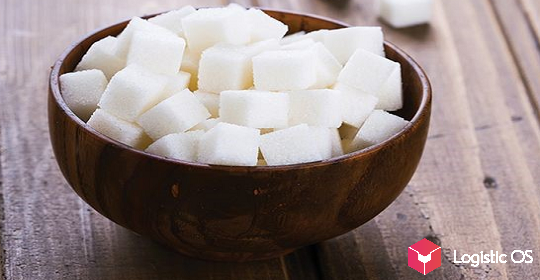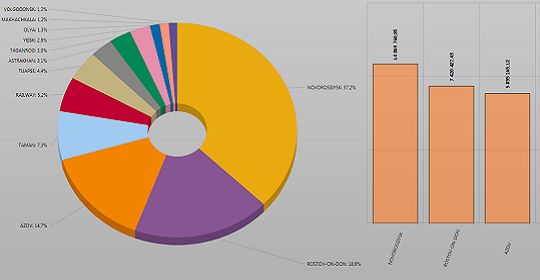Despite the global trend of reduced food demand due to falling incomes of the population, Russian grain will continue to be in demand.
As the director of the Institute for Agricultural Research at the Higher School of Economics Yevgenia Serova noted, there are now two opposite trends in the world, directly related to the COVID-19 pandemic.
On the one hand , the economy is growing, and this leads to an increase in demand — including for food.
On the other hand, , the purchasing power of the population in many countries has fallen, and so has the demand for food.
Before the pandemic, there was a trend associated with a general increase in the population’s income: a decrease in the consumption of grain and cereals, an increase in the consumption of meat and milk.
Today, this trend has become less visible. This means that Russian grain will remain in demand — at least for the next few years.
Will Russian agriculture develop?
An increase in demand inevitably implies an increase in production, including grain. In the opinion of experts, difficulties with this may arise in Russia.
First, climate change is a major challenge today . The hopes associated with the fact that it will allow «sowing grapes in the tundra» are only partially justified. Yes, agriculture will move to the north — but at the same time it will “move away” from the south, where the likelihood of droughts, desertification and other dangerous phenomena increases.
In general, 10-12% of land is used for agriculture in Russia today. This figure is unlikely to increase in the foreseeable future. Deforestation will only exacerbate environmental problems, and the development of Siberian virgin lands is still difficult due to the lack of infrastructure and population there.
At the same time, urbanization is taking place all over the world, and cities are also beginning to seize territories that could be used for agriculture, compete with agricultural producers for valuable resources, primarily for water.
For these reasons, for the successful development of agriculture, the stake will need to be made not on plowing virgin lands, but on increasing yields per hectare.
Will prices continue to rise?
Over the past year, since the beginning of the pandemic, the cost of grain around the world has grown very significantly — so much so that the Russian government even had to introduce restrictive measures to curb the activity of exporters. Nevertheless, prices continue to rise today.
At the same time, according to Evgenia Serova, the problem is not the growth itself, but the sharp spikes in the price .
If the price has been growing for many years in a row at a rate of several percent a year, then governments have time to take the necessary measures so that this does not cause economic and social problems.
But with a jump in prices by 20-30% in a couple of months, very dangerous risks can arise. In particular, low price predictability makes the market unstable and reduces the desire of manufacturers to work on it.
Despite all this, Russian manufacturers can be almost sure that the demand for their products will remain high in the near future. And if we manage to solve the problems with the rise in prices for fertilizers and agricultural machinery, then in the coming years we can expect even new crop records.

